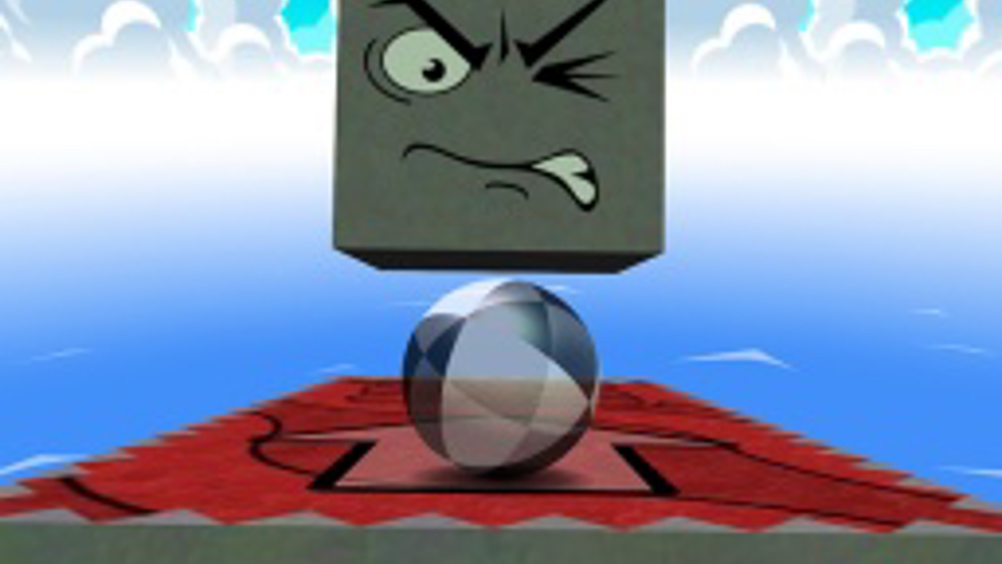Computer game add-on encourages physical activity
Engineers at CSIRO in Australia have developed computer software that aims to encourage children to be more active when playing computer games.

Designed as an add-on to popular computer games that do not ordinarily encourage physical activity, it works by exploiting children’s desire to win.
CSIRO experts in information and communication technologies took a game that is usually played sitting down and devised a way for children to earn extra points if they jump up and down.
Dr Shlomo Berkovsky and his team developed the concept using the open-source game Neverball, where players have a limited amount of time to guide a ball through a maze.
’The only way an average player can complete the maze and go on to the next level of the game is by getting up and jumping around. Every jump earns a second of game time,’ Dr Berkovsky said.
Modified and unmodified versions of the game were tested on 270 primary school children in Hobart, Tasmania. Those playing the modified game jumped an average of 257 times in the 20 minutes they spent playing the game.
Register now to continue reading
Thanks for visiting The Engineer. You’ve now reached your monthly limit of news stories. Register for free to unlock unlimited access to all of our news coverage, as well as premium content including opinion, in-depth features and special reports.
Benefits of registering
-
In-depth insights and coverage of key emerging trends
-
Unrestricted access to special reports throughout the year
-
Daily technology news delivered straight to your inbox










Fusion inches closer as ITER completes magnet system
I believe the purpose of ITER isn't to make usable power, it is a research project which will be used to design the first generation of actual...